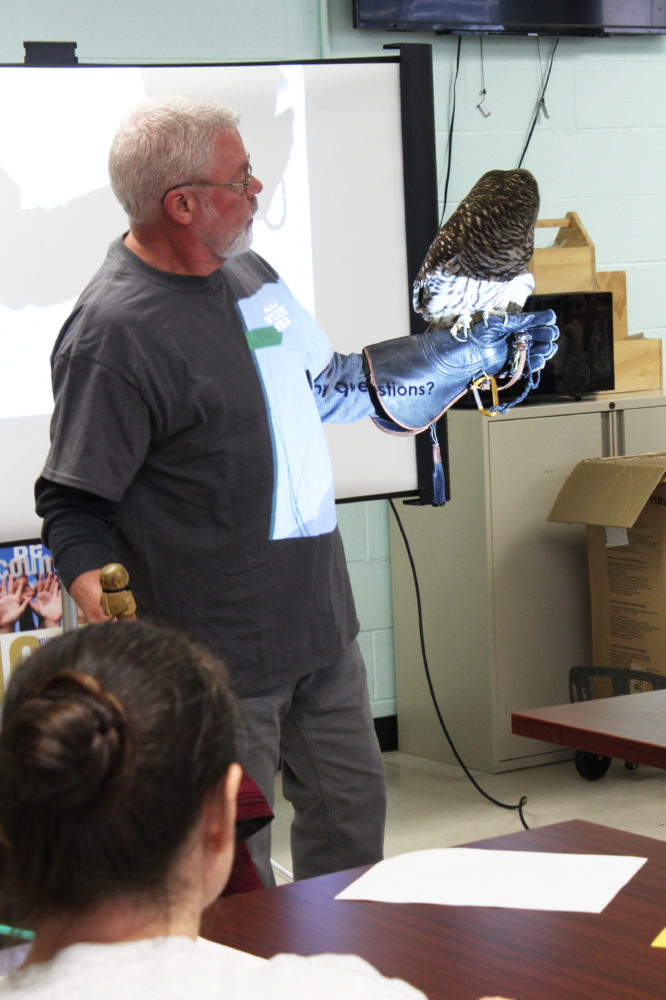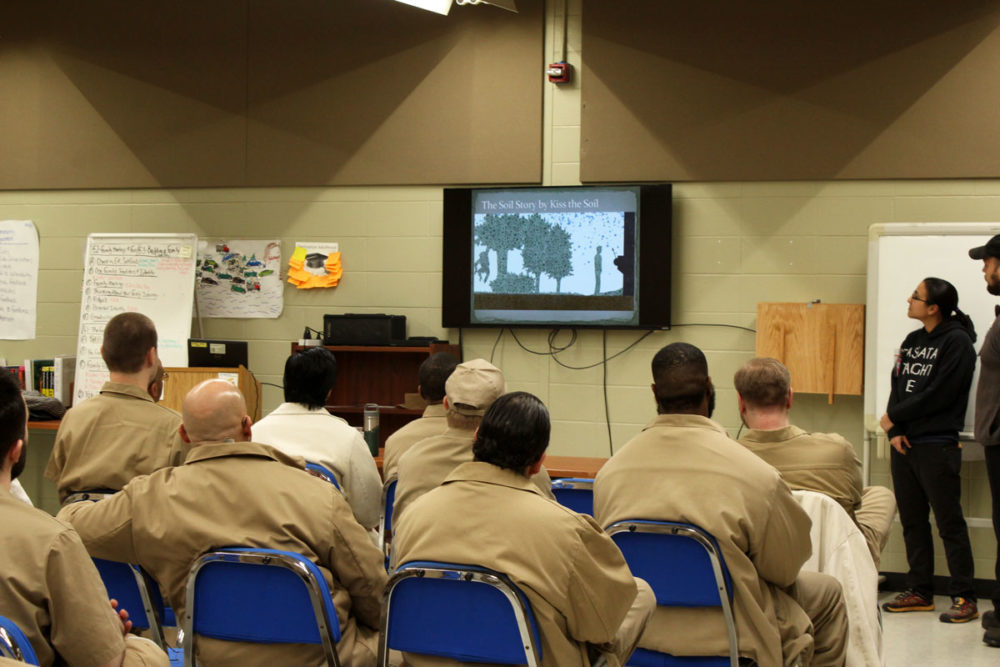By Nathaniel Kelly, Mariana Cervantes, and Salvador Hernandez
We often think of spring and summer as the busiest months of the year for gardens and gardeners, but working with native plants means that the work doesn’t stop in the winter! Technicians in SPP programs are busy gearing up for the seasons ahead. We were curious what it’s like at the nurseries during this season, so we asked some of SPP’s Conservation Nursery Coordinators what goes on in the colder months of the year.

Although the winter may not seem like a great time for plants, this is a busy season for the technicians at Stafford Creek Corrections Center (SCCC). The seeds of many species of plants native to Washington need to be exposed to a period of cool, moist weather in order to break their dormancy and sprout. The technicians have sown seeds from over a dozen species of plants into over 40,000 cones! Some of these plants are not frequently grown outside of native plant nurseries. Therefore, the specifics of their cultivation are up to us and the technicians to refine, which can be difficult but also very rewarding. The plants produced will be sent out to various partners working on south Puget Sound prairie restoration, Olympic National Forest trailside restoration, or to our own seed farm at a different facility. There may not be any pretty pictures of our plants right now, but we’re looking forward to spring when the hard work will pay off!


The seed nursery at Washington Corrections Center (WCC) is currently cultivating Danthonia californica (California oat grass), Castilleja hispida (harsh paintbrush), Achillea millefolium (yarrow), Valeriana congesta (sea blush), and Silene scouleri (scouler’s campion). Since these native plants are well-adapted to the local winter conditions, we take a minimal approach to winterizing the garden. Maintenance efforts focus on consistent weeding and ensuring proper drainage to prevent rainwater from pooling, particularly because the nursery is situated in a flood-prone area. These measures help maintain optimal growing conditions for our plants throughout the winter season. To further support the ecosystem and suppress weeds, we planted cover crops, Phacelia tanacetifolia (lacy scorpion-weed) and Trifolium incarnatum (crimson clover), around the nursery rows. These cover crops help prevent invasive weeds from taking hold and will also serve as a vital food source for the honeybees at the facility. In addition to these ongoing efforts, we are excited about the expansion of our nursery to a new field. Preparations for planting in the new area are already underway. Soil samples have been collected, and we look forward to analyzing the results to determine the necessary steps for a successful planting season.


A good portion of our winter at Washington Corrections Center for Women is to clean up and prepare for the coming spring. We power wash trays to remove old dirt and moss, while at the same time we remove broken cones and trays. If there are any plants to overwinter, we move them into our covered hoop house, but we keep the sides of the hoop house up so the native plants can still experience the cold. This helps us better control the water schedule. If we leave the plants in the rain, they will likely become too saturated with water, causing the plants to rot and die. Currently, we have Quercus garryana and Castilleja hispida in our protected hoop house. We also prepare plans that require cold stratification (a period of cold temperatures) by storing them in cones or in the refrigerator. Castilleja hispida likes to be in soil through the winter, so we sow it by early December. Others like Balsamorhiza deltoidea prefer to be put into a refrigerator around the midpoint of January.





































































